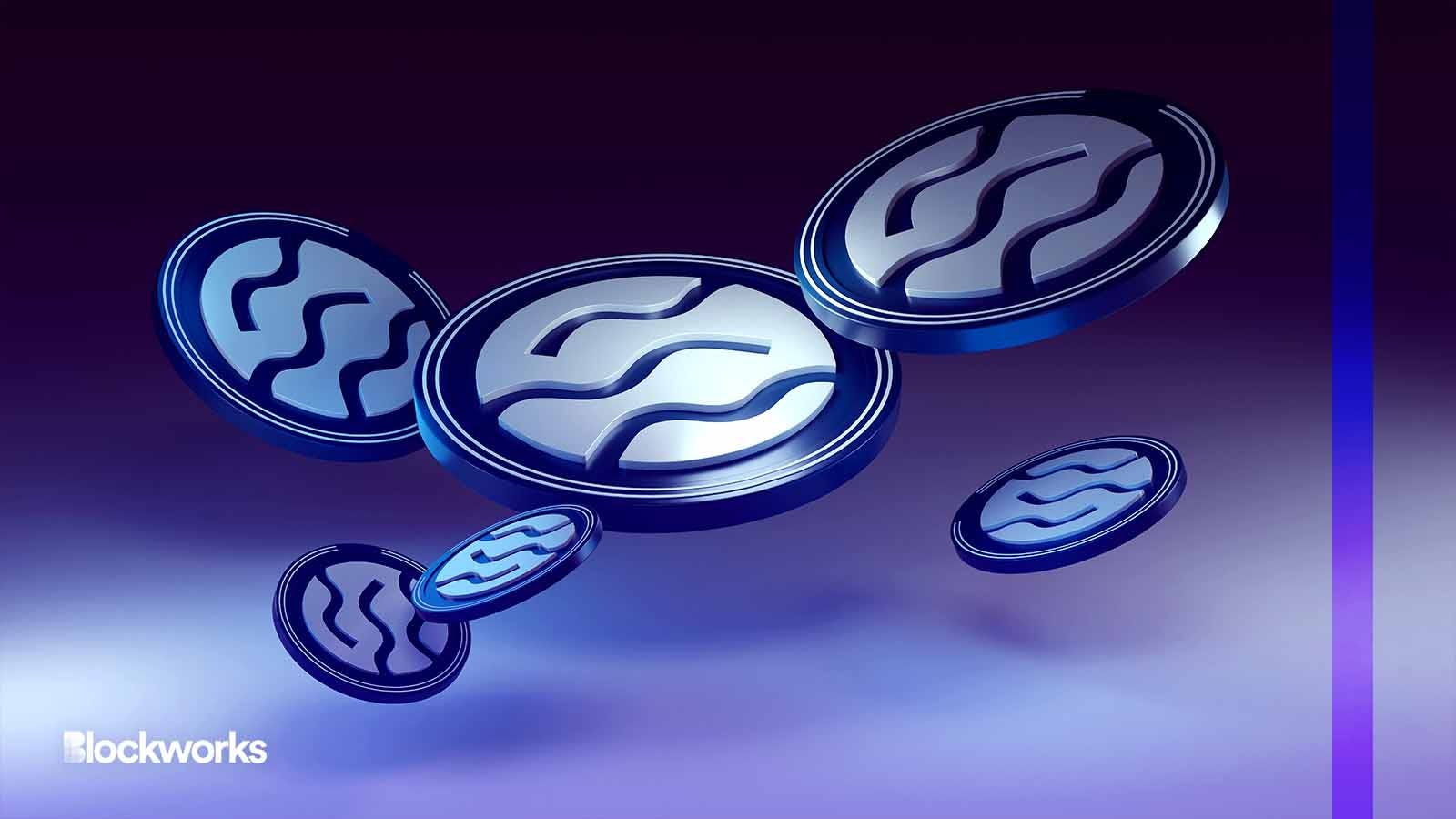Optimized for trading, Sei launches mainnet beta
Mainnet beta will initially launch with 20 applications, with over 250 to come in the near future

CryptoFX/Shutterstock modified by Blockworks
Following a testnet phase that featured 7.5 million unique wallets and over 400 million transactions, Sei Labs, the team behind the Sei Blockchain, has launched the network’s mainnet.
According to the project’s documentation, this blockchain is specifically designed for seamless trading and the efficient exchange of digital assets.
Sei has one fundamental core belief, Jeff Feng, the co-founder of Sei Labs told Blockworks in an interview.
“We believe that the fundamental use case of blockchains is the ability to exchange digital assets,” Feng said.
Unlike its competitors such as Solana, Sui or Aptos, Feng claims that Sei is one of the fastest chains to finality — noting that it can process up to 20,000 transactions in under 500 milliseconds. By comparison, it says Solana can process up to 10,000 transactions every 2.5 seconds.
This is because Sei’s consensus mechanism uses a “single slot finality,” — which means that it takes fewer blocks to reach consensus. The downside is that if validators disagree on a block, the network may temporarily shut down.
Read more: The beginner’s guide to consensus mechanisms
Developers initially constructed Sei with the Cosmos software development kit (SDK), but Feng says that they have since entirely rebuilt it from top to bottom.
“Sei has nothing to do with Cosmos,” Feng said. “Our engineering team has spent over the last two years building around or removing a lot of the trade-offs to continue to uplevel and improve the infrastructure.”
Though this is the case, Feng acknowledges that the Sei network has benefited from starting its design with Tendermint and the Cosmos SDK.
“There haven’t been any security drawbacks that have ever happened with Cosmos or any underlying technology that Sei started with,” he said.
The Sei network will feature 30 to 40 validators during its mainnet launch, and only one or two of these will be managed by Sei Labs. With the vast majority of validators being independent, Feng asserts that this design reduces the network’s vulnerability to a 51% attack.
So far, over 250 teams have confirmed they will deploy on mainnet, and around 20 teams will be ready from day one. Notably, SushiSwap will also be deploying on SEI; an achievement that Feng says he is proud of.
“SushiSwap historically has only copied and pasted their automated market maker (AMM) to 15 different EVM parallel chains; SEI is the only chain where they are writing brand new contracts in a completely different smart contract language for a completely new application,” Feng said.
Get the news in your inbox. Explore Blockworks newsletters:
- The Breakdown: Decoding crypto and the markets. Daily.
- 0xResearch: Alpha in your inbox. Think like an analyst.






